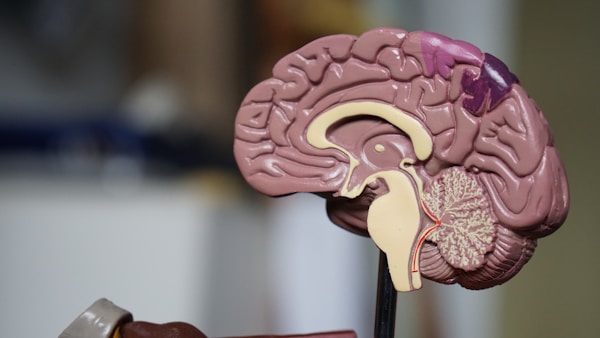Botox is a neurotoxin that is produced by the bacterium clostridium botulinum. It is used to treat a number of medical conditions, including various types of headaches. Botox works by blocking the release of a chemical called acetylcholine from nerve endings, which results in temporary paralysis of the muscles that are injected. There is a lot of research that is still being conducted on the use of Botox for various medical conditions, including some types of brain tumor headaches. However, it’s necessary to educate yourself before considering any procedure. If you want to learn more, keep reading for a basic guide to using botox for brain tumor headaches.
How is botox used for brain tumor headaches?

Before we get into the details, remember that you need to find a qualified practitioner if you’re interested in getting botox, like this center for botox in Lakeland. Not all doctors or nurses are created equal when it comes to administering botox. No matter who you choose to administer your botox, do your research first. Botox is a safe and effective treatment, but it’s important to go to someone who knows what they’re doing. You’ll also want to find check that you’re using a technician who is licensed and insured, which can provide you with additional peace of mind.
According to some studies, botulinum toxin A (botox) injections could be a potential treatment option for patients experiencing headaches caused by brain tumors. The study’s authors say that botox may help to reduce the severity and frequency of headaches. If you are experiencing frequent headaches, it is worth talking to your doctor about the possibility of using botox to treat them. They can explain the risks and benefits, as well as how botox could impact any health conditions you have or interact with medications that you’re currently taking.
Unfortunately, there is no one-size-fits-all treatment for brain tumors. The treatment strategy will depend on the type and location of the tumor, as well as the patient’s age and health condition. A comprehensive treatment plan is essential for patients with brain tumors. The main treatments for brain tumors include surgery, radiation therapy, and chemotherapy. Some patients may also require treatment with corticosteroids to reduce swelling and inflammation.
What else can you do to alleviate headache pain?

While there are many ways to address headaches, did you know that exercise can actually help alleviate pain from certain types of headaches? For example, exercise has been shown to be an effective way to reduce tension headaches. In fact, one study found that people who exercised regularly were less likely to experience tension headaches than those who didn’t exercise. Exercise can release tension in the muscles of the neck and head, and by increasing blood flow and oxygen to the brain. It can also reduce stress and fatigue, both of which can contribute to tension headaches.
There are many other ways that you can alleviate headache pain. One of the most common and simplest ways is to take an over-the-counter pain reliever, such as ibuprofen or acetaminophen. You can also try applying a cold pack to the forehead or the back of the neck to help reduce inflammation. If the headache is caused by stress, you can try relaxation techniques, such as deep breathing or meditation. If the headache is due to eyestrain, you can try resting your eyes and using lubricating eye drops.
As you can see, there’s a lot to learn about headaches and how to treat them. While the exact cause of headaches is not always known, there are a number of things you can do to treat them. If you are experiencing a brain tumor headache, the first step is to talk to your doctor about possible treatment options. They may recommend medication, treatments like botox, or even relaxation techniques like yoga or meditation. If you follow this advice, you’ll be well on your way to managing your headaches more effectively.

